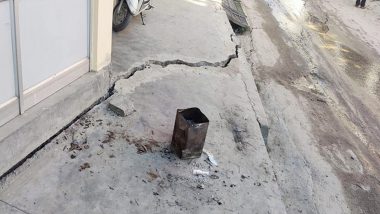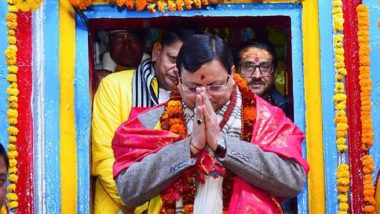Indian Institute of Remote Sensing (IIRS), Dehradun has carried out a study on the incidents of landslides in the vicinity of hydro projects and has prepared a “Report on Landslide Studies in Commissioned / Under Construction Hydro Projects utilizing Remote Sensing & GIS Technology”.
The IIRS carried out the study in nine (09) NHPC power stations/ projects which includes Subansiri Lower in Arunachal Pradesh, Teesta-V & Rangit in Sikkim, Salal, Dulhasti & Uri-II in J&K, Chamera-I & Parbat-II in Himachal Pradesh and Dhauliganga in Uttarakhand. Joshimath Crisis: Locals Fearful As New Cracks Develop in Five Houses in Residential Buildings.
The study undertook preparation of Landslide Inventory maps 10 years before the start of construction of the project upto the current status of the project/ power station. The report highlights that in most of the cases, landslide area decreased considerably in comparison to the landslide area observed before construction of the project. The study revealed that landslide activities around hydropower projects are not related to the construction activity of the project and the topography, geological conditions and rainfall have been found to be the major causative/ triggering factors of landslide activities. Joshimath Land Subsidence: Several Houses, Temple Collapse in Singhdhar.
According to the report, it appears from the temporal statistics that in most of the cases, the construction of hydropower projects and related activities and post commissioning hydrological condition might have helped in stabilizing the area. Further, the size of hydropower projects, size of reservoir, local geology, soil and land cover conditions (especially vegetation cover) seems to play some slope stabilization role for mitigating landslides in the project areas.
(The above story first appeared on LatestLY on Apr 06, 2023 10:56 AM IST. For more news and updates on politics, world, sports, entertainment and lifestyle, log on to our website latestly.com).













 Quickly
Quickly





















